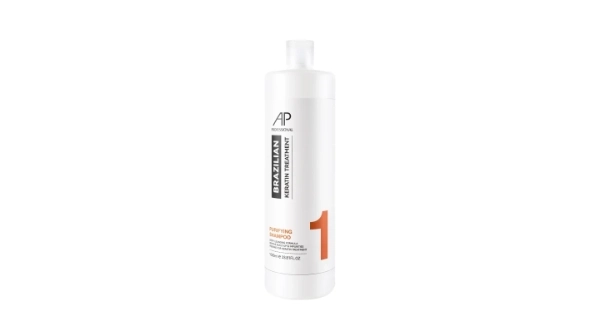When it comes to soldering, the quality of the joint is paramount. One of the critical factors that influence the integrity and performance of solder joints is the flux percentage in wire solder. Understanding the appropriate flux percentage is essential for achieving optimal results in various applications, from electronics to plumbing. In this article, we will delve into the intricacies of flux percentage, its importance, and how to determine the right amount for your specific soldering needs.
Understanding Flux and Its Role in Soldering
Flux is a chemical cleaning agent that facilitates the soldering process by removing oxidation from the surfaces to be joined. It lowers the surface tension of the molten solder, allowing it to flow more freely and adhere better to the metal surfaces. The effectiveness of flux is often measured by its percentage in the solder wire, which can significantly impact the quality of the solder joint.
What is the Ideal Flux Percentage?
The ideal flux percentage in wire solder typically ranges from 2% to 5%, depending on the application and the type of solder being used. However, this range can vary based on several factors:
- Type of Solder: Different solder alloys may require different flux percentages. For instance, lead-free solders often necessitate a higher flux content to ensure proper wetting and adhesion due to their higher melting points.
- Application Environment: The working environment plays a crucial role in determining the required flux percentage. For example, soldering in a clean, controlled environment may require less flux compared to a more contaminated or oxidized surface.
- Joint Design: The complexity of the joint also influences the flux requirement. Joints with tight tolerances or intricate geometries may benefit from a higher flux percentage to ensure complete coverage and penetration.
The Impact of Insufficient or Excessive Flux
Using insufficient flux can lead to poor solder joints characterized by weak adhesion, increased resistance, and susceptibility to corrosion. On the other hand, excessive flux can create a mess, leading to flux residue that may be corrosive over time, especially in electronic applications. It can also complicate the cleaning process post-soldering, which is crucial for maintaining the integrity of electronic components.
Selecting the Right Flux Percentage
To determine the appropriate flux percentage for your soldering project, consider the following steps:
- Evaluate the Materials: Assess the metals you are working with. Different metals may require different flux types and percentages for optimal results.
- Consider the Application: Identify the specific requirements of your application. For instance, electronics may require a lower flux percentage to minimize residue, while plumbing applications may tolerate higher levels.
- Test and Adjust: Conduct test soldering on scrap materials to evaluate the performance of different flux percentages. This empirical approach allows you to fine-tune your process based on real-world results.
- Consult Manufacturer Guidelines: Always refer to the manufacturer's specifications for the solder wire you are using. They often provide recommendations based on extensive testing and industry standards.
Conclusion
Understanding the required flux percentage for wire solder is crucial for achieving high-quality solder joints. By considering factors such as solder type, application environment, and joint design, you can optimize your soldering process for better performance and durability. Remember, the right balance of flux not only enhances the effectiveness of the solder but also ensures the longevity and reliability of the final product. Whether you are a seasoned professional or a hobbyist, mastering the nuances of flux percentage will undoubtedly elevate your soldering skills to new heights.






+ There are no comments
Add yours